Understanding the Workforce Shortage

We anticipate the mental health crisis in America, and access to mental health providers, will worsen in the foreseeable future (3-5 years) until key systemic and economic issues have been righted. But understanding the workforce shortage and what that really means is key to developing a practical solution rather than one that simply appeases an uninformed public.
Understanding the Workforce Shortage
We maintain that the "workforce shortage" is not about the number of clinicians or their geographic placement, but is almost entirely about access through corporate chokepoints which are the primary determinant for access and counselor pay structure. We will deal with this vertical chokepoint issue in another post.
The phrase "workforce shortage" first needs to be defined. The common connotation is one of the total number of licensed mental healthcare professionals, but we believe this is an over-simplification. A more practical definition might be the everyday access a potential client has to the existing pool of mental health professionals.
Access vs Under-Staffed
"Practical access" must now be discussed and we may do that by identifying the four primary factors driving a perceived "workforce shortage".
1. First, the poor state of our economy and the financial hardships that have developed at the personal level. A lack of discretionary income would make it difficult if not impossible to see a self-pay counselor.
2. As a rule, rural provider shortages exist because local populations are inadequate to support individual practices. This is why no one promoting more counselors in the rural areas has opened a clinic in any of those rural counties. Simply adding more licensees to a rural county will not increase the number of citizens required to support a therapist.
3. Restrictive corporate access to existing and available providers. (Vertical chokepoints)
This would include all insurance panels and EAP programs. These avenues for treatment are by definition "restrictive" because only a segment of all licensed counselors are available through these panels. Since employees want to use their benefits (and may not have the cash to visit self-pay therapists) they are restricted to seeing only those counselors represented by these panels. Now we have an access problem and perceived "shortages". This is a systemic problem.
4. And finally, the academic shift from a science-based empirical approach to a subjective platform based on inclusion and equity. This is doing two very real and measurable things to our populations:
- First, it is causing highly qualified students to drop out and seek degrees in other professions. They simply will not hang around for the brutal indoctrinations. This reduces the number of non-woke graduates, and graduates overall.
- Second, a very real concern for non-woke clients is the desire to see like-minded counselors with an evidence-based approach to healing. The woke product stream from the academic juggernaut is annually diluting the available pool of these clinicians further exacerbating the micro-shortages. The natural exodus from the workforce we call retirement further dilutes the pool of available therapists and further dilutes the pool of non-woke counselors.
Summary
A common-sense analysis of available numbers leads us to conclude that there is no mental healthcare worker workforce shortage in TX (LPC and LMFT's). We have plenty of practicing professionals to handle the current population's needs. Those same numbers indicate a very real problem, however, with access to available mental health professionals. That is the issue we need to be addressing.
Adding more trained professionals to the economy may have short-term access benefits if done properly. The trade-off is the additional competition will add downward pressure on the weak pay-structure already being experienced by under-paid counselors.
A balance of the proper number of trained counselors for a given population and the removal of unnecessary access restrictions will organically produce a proper economic balance of therapists to clients. We'll deal with the current pay-structure environment in yet another post.
Got Something to Say?
These posts are based on the beliefs and personal experience of the post's author. Please feel free to leave your civil, constructive comments below. We try very hard to back up our statements with fact-based data and we ask you to do the same in your comments. You do not need to be logged in to leave a comment.
About the Author
 Phillip's background has blessed him with a variety of interests, skills, and tools to get things done. He spent 25 years in the printing and marketing industry before meeting Kathleen Mills in 2015. They quickly figured out that they made a pretty good business team and, owing to Kathleen's story, embarked upon a mission that would see the creation of PracticeMentors.us and eventually the Association for Mental Health Professionals.
Phillip's background has blessed him with a variety of interests, skills, and tools to get things done. He spent 25 years in the printing and marketing industry before meeting Kathleen Mills in 2015. They quickly figured out that they made a pretty good business team and, owing to Kathleen's story, embarked upon a mission that would see the creation of PracticeMentors.us and eventually the Association for Mental Health Professionals.

